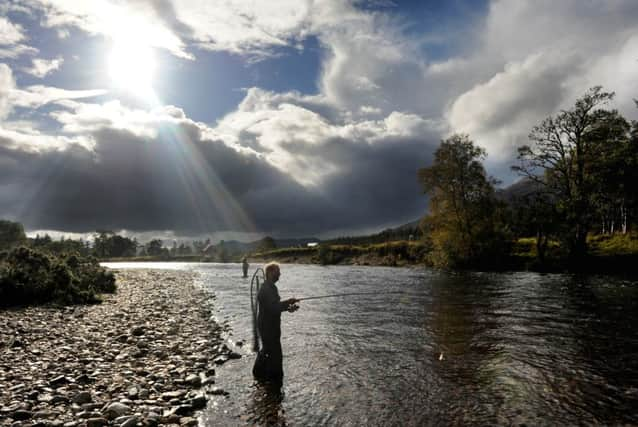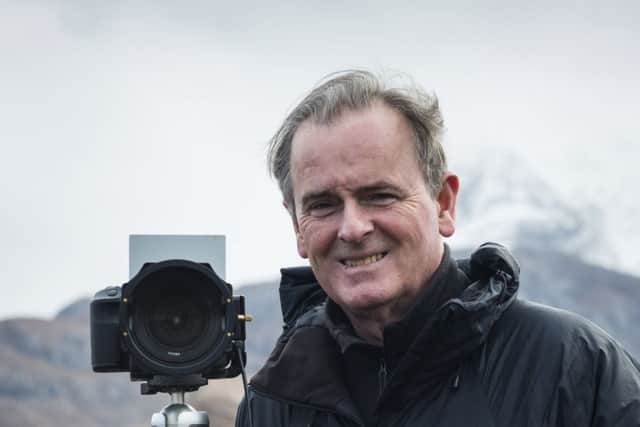Iconic Highland views being '˜trampled by herds of tourists'


Colin Prior, whose spectacular mountain panoramas have inspired hillwalkers and other visitors, has forged a career based on pre-dawn hikes up some of the most remote peaks which many could never reach themselves.
But thanks to marketing campaigns and social media sites, iconic viewpoints in more accessible spots like Glencoe now look as if they have been trampled by herds of wild animals as the masses come to take their own shots, he said.
Advertisement
Hide AdAdvertisement
Hide AdGreater access to the region thanks to the popular North Coast 500 road trip – dubbed Scotland’s Route 66 – and ongoing expansion of the busy A9 road are bringing ever more outdoor enthusiasts whose collective impact on wildlife and the environment was being ignored, he felt.


Prior, who is launching a new project to raise awareness of the threat to wild birds’ habitat as populations plummet, spoke out ahead of a BBC documentary tonight in which he returns to the Highland peaks including An Teallach, where his career began 25 years ago.
He said: “What’s protected the north-west Highlands for so long has been its isolation.
“Driving from Mallaig to Glasgow I’m astounded by the traffic....The North Coast 500 has brought significantly more and the dualling of the A9, which we’re all looking forward to, is inevitably going to bring even more people to the area.
“There are marketing drives to bring more tourists and thanks to Instagram and WhatsAp people see other people’s pictures and want to take their own. The landscape has become a playground for people who want to get into the countryside and I don’t blame them, I welcome that. There has always been a conflict between commerce and the environment and I certainly don’t have the answer but no one appears to have the slightest concern for the significant increase in footfall to certain accessible areas.


“If you go to key photography hotspots at Glencoe like the River Coupall (with the view of Buachaille Etive Mor) it looks like a herd of wildebeest goes through daily. It’s completely churned up by the footfall.”
His concerns come after Pete Irvine, author of guide Scotland the Best, criticised the SNP’s plans to cut air tax to boost tourism over fears about the effect on crowded attractions including mountains.